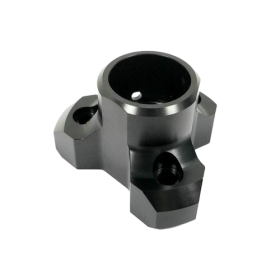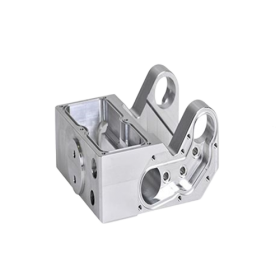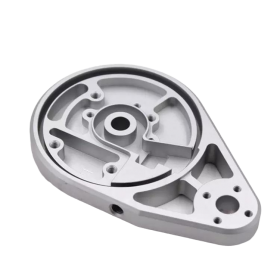Material hardness is a critical constraint in CNC machining, as it exerts a profound influence on both the machining process and cutting performance. Specifically, it impacts key factors such as cutting tool life, cutting force, cutting speed, and the final surface finish of workpieces. Below is a detailed breakdown of how material hardness affects and limits CNC machining, along with practical considerations:
Harder materials accelerate tool wear and dulling, significantly reducing tool lifespan. Machining high-hardness materials requires the use of wear-resistant tool materials (e.g., carbide, cubic boron nitride (CBN), or polycrystalline diamond (PCD)) to extend tool durability and minimize replacement costs.
Harder materials typically generate higher cutting forces and excessive heat during machining, leading to increased power consumption. To maintain process stability and avoid equipment overload, it is necessary to adjust cutting parameters (e.g., reducing feed rate or depth of cut) to balance force and heat generation.
Material hardness directly dictates the optimal cutting speed selection. For harder materials, lower cutting speeds are mandatory to prevent premature tool wear, overheating, and potential tool failure. Conversely, softer materials allow for higher cutting speeds to improve machining efficiency.
Machining harder materials often results in elevated cutting forces and heat, which can degrade workpiece surface quality—manifesting as scratches, thermal discoloration, or burn marks. Controlling cutting temperature (via coolant or lubricants) and optimizing tool geometry are essential to mitigate these issues.
Excessively hard materials (e.g., hardened steel above HRC 50, titanium alloys) pose significant cutting challenges, increasing machining difficulty and cycle time. In such cases, preprocessing steps (e.g., annealing, normalizing, or tempering) are often required to reduce material hardness and improve machinability before CNC machining.
Harder materials demand tailored cutting strategies to ensure stable processing. Key adjustments include:
-
Reducing feed rate to minimize tool load
-
Increasing coolant/lubricant flow to dissipate heat and reduce friction
-
Adopting trochoidal milling or high-efficiency machining (HEM) strategies to distribute cutting forces evenly
-
Using sharp-edged tools with optimized rake angles to reduce cutting resistance
While material hardness presents inherent challenges in CNC machining, modern manufacturing technologies and tooling advancements have effectively addressed these limitations. By selecting appropriate cutting tools, optimizing cutting parameters (speed, feed, depth of cut), and implementing targeted machining strategies, manufacturers can overcome the constraints posed by material hardness and achieve high-precision, consistent machining results.







 Evan Xiao
Evan Xiao